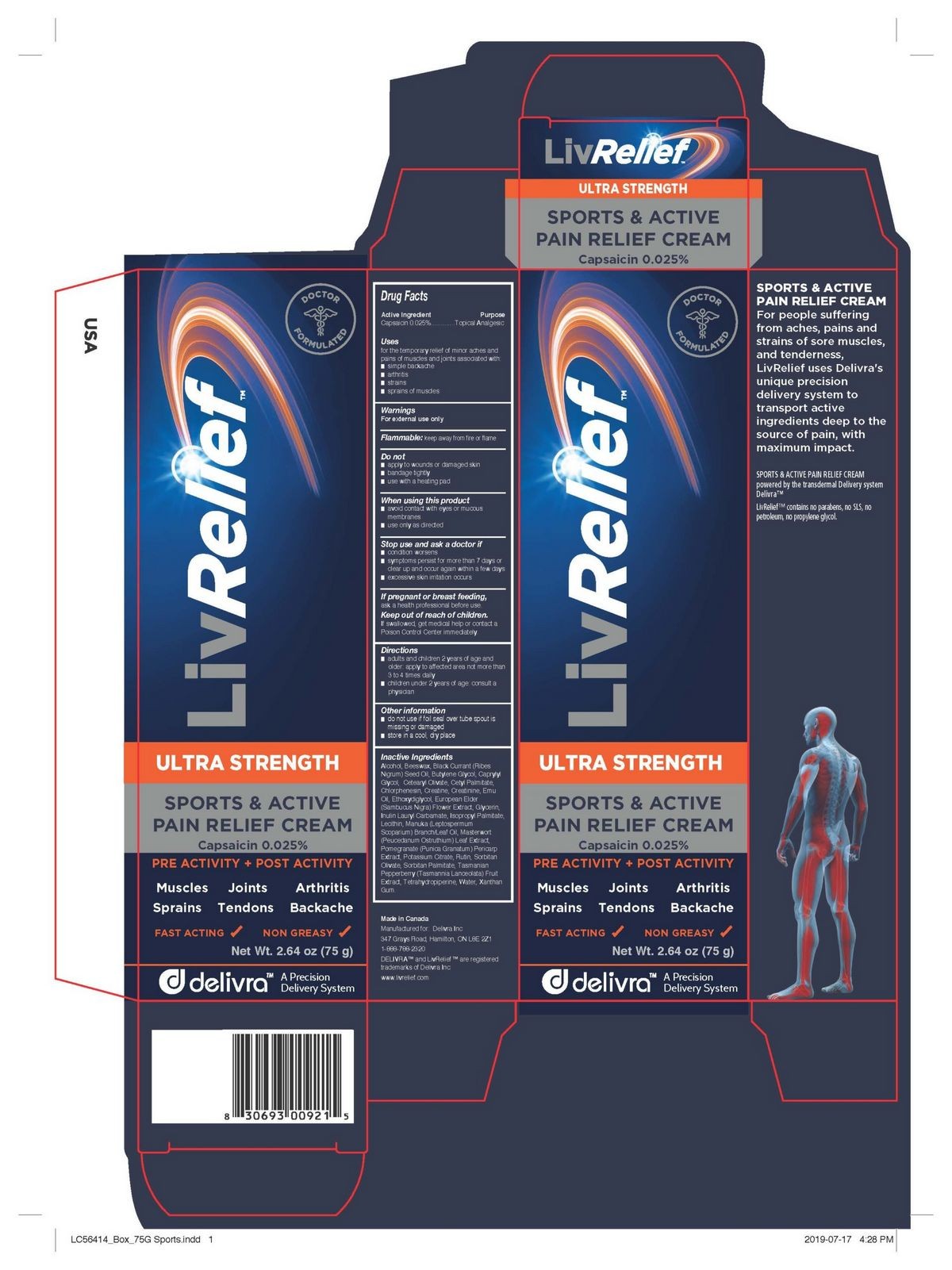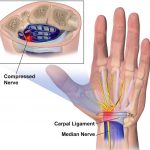
Contents
capsaicin topical
Capsaicin is available as an over-the-counter (OTC) topical treatment in the form of creams, gels, and liquids. It is also used off-label to relieve nerve pain caused by certain nerve conditions.
Capsaicin is the active compound in chili peppers that causes a burning sensation when it comes into contact with tissue. It works by initially irritating nerve endings under the skin, but over time, it desensitizes the nerve cells, providing temporary relief from pain. However, it does not treat the underlying condition.
Capsaicin desensitizes capsaicin receptors on nerve cell membranes and also depletes substance P, a chemical involved in pain transmission. In addition to muscle and joint pain, it can also be used for diabetic neuropathy, burning mouth syndrome, psoriasis-related pain and itching, HIV-associated neuropathy, intermetatarsal neuroma treatment, postherpetic neuralgia, and erythromelalgia.
Warnings
- Do not use if you are hypersensitive to capsaicin.
- You may experience a transient burning sensation which generally resolves after a few days of use.
- Do not apply on wounds, broken, irritated or damaged skin or skin folds.
- Do not apply within one hour after a bath, hot tub, sauna or shower.
- Do not cover with a bandage.
- Do not apply external heat, including heat pad, after topical application.
- Avoid exposure of treated areas to sunlight.
- If you develop chemical burns from capsaicin, discontinue use and contact your physician.
- Contact your physician if you have excessive redness, blistering, burning, or irritation, symptoms lasting longer than 7 days, worsening symptoms, difficulty breathing or swallowing, or any other concerning symptoms.
Side Effects
Common side effects of capsaicin topical include redness and pain at the application site. Serious side effects may include heart symptoms, severe headache and weakness, severe nervous system reactions, and serious eye symptoms. This is not a complete list, so contact your doctor if you experience any unusual symptoms or side effects.
Dosages
Topical Cream
Topical Gel
Topical Liquid
Adult:
Skeletomuscular Pain: Apply to affected area three or four times daily for 3-4 consecutive weeks. Wash hands after applying.
Pediatric: Safety and efficacy not established.
Overdose
Systemic absorption from topical capsaicin is unlikely to cause serious adverse effects. In case of internal ingestion, rinse and seek medical help. Rinse capsaicin off the skin with soap and water if accidental contact occurs.
Drug Interactions
Inform your doctor of all medications you are currently taking to avoid any potential drug interactions.
Capsaicin topical has no listed drug interactions.
Keep your doctor or healthcare provider informed about all medications you use.
Pregnancy and Breastfeeding
Systemic absorption of topical capsaicin during pregnancy is unlikely to cause adverse effects in the fetus. Avoid applying on the nipples and surrounding region while breastfeeding.
Other Information
- Use capsaicin topical as per label instructions.
- For external use only – avoid contact with face, scalp, eyes, and mucous membranes.
- Wash hands thoroughly after application.
- Avoid handling contact lenses after handling capsaicin.
- In case of accidental contact with sensitive areas, rinse with water and seek medical help if needed.
- Keep out of reach of children.
By clicking Submit, I agree to the MedicineNet’s Terms & Conditions & Privacy Policy and understand that I may opt out of MedicineNet’s subscriptions at any time.
Summary
Capsaicin topical is an OTC pain-relieving medication available as creams, gels, and liquids. It provides temporary relief for minor joint and muscle pains, as well as nerve pain caused by certain conditions. Side effects may include redness, pain, and transient increased pain at the application site. It is important to use capsaicin topical as directed and consult a doctor if you experience any unusual symptoms or side effects.


